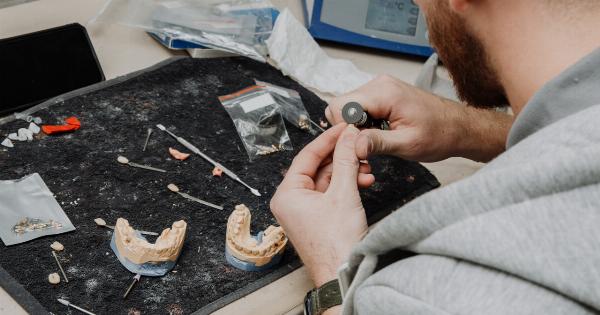Eye diseases are becoming increasingly common, especially as the world’s population ages. However, the treatment of many eye diseases remains a challenge.
In recent years, there has been increasing interest in using lasers as a safe and effective way to treat various eye diseases. In this report, we will focus on a safe laser for treating common eye diseases, developed by Democritus Pan-Thrace University.
Background
Various laser treatments have been used for many eye diseases, including diabetic retinopathy, glaucoma, macular degeneration, and retinal vein occlusion. However, these treatments are not always safe and may cause other complications.
Side effects of laser treatments can include pain, infection, scarring, and even vision loss.
Democritus Pan-Thrace Laser
The team at Democritus Pan-Thrace University has developed a new laser technology that has shown a high level of efficacy and safety in the treatment of a range of common eye diseases.
By using micropulse laser technology, this laser can target and treat areas of the retina without harming the surrounding tissues.
The Science Behind the Laser
The micropulse laser technology uses short bursts of energy to target cells in the retina, which leads to localized inflammation. This inflammation causes the body’s own healing response, which can help repair damaged tissues.
The micropulse laser is not a thermal laser, meaning that it doesn’t generate heat, so there’s less risk of damage to tissues surrounding the area being treated.
The Benefits of the Democritus Pan-Thrace Laser
The use of the Democritus Pan-Thrace laser technology has several benefits over other laser treatments for common eye diseases.
Firstly, its method of action is precise, specifically targeting the damaged tissues without adversely affecting healthy ones. Secondly, the treatment is minimally invasive and can be performed in an outpatient setting, meaning that patients can go home the same day.
Thirdly, compared to traditional laser treatments, the use of micropulse laser technology has a shorter recovery time with minimal discomfort.
Clinical Trials and Results
Several clinical trials have been performed on the Democritus Pan-Thrace laser technology, and the results have been promising. One study assessed the efficacy of the micropulse laser in treating diabetic macular edema.
The research involved over 100 patients with this condition, and after twelve months, 72% of the patients responded positively to the treatment. Another study, focused on retinal vein occlusion, found that patients treated with the micropulse laser had fewer adverse effects than those treated with conventional thermal laser treatment.
Patient Experience
The micropulse laser technology used by Democritus Pan-Thrace University has had a positive effect on the experience of patients undergoing laser treatment for common eye diseases.
Patients find the procedure minimally invasive and report minimal discomfort during and after the treatment. The recovery time from the procedure is also much shorter, allowing patients to return to their normal activities sooner.
Additionally, the ability to perform this treatment in an outpatient setting makes it more convenient for patients, eliminating the need for overnight stays in the hospital.
Conclusion
The Democritus Pan-Thrace laser technology is an innovative approach in the treatment of common eye diseases.
With the clinical trials on this technology demonstrating its efficacy, as well as the positive responses from patients, we can see that this method of treatment is both safe and effective. The use of micropulse laser technology reduces the risk of adverse effects and shortens recovery times, making it a potentially more desirable choice for patients.





























